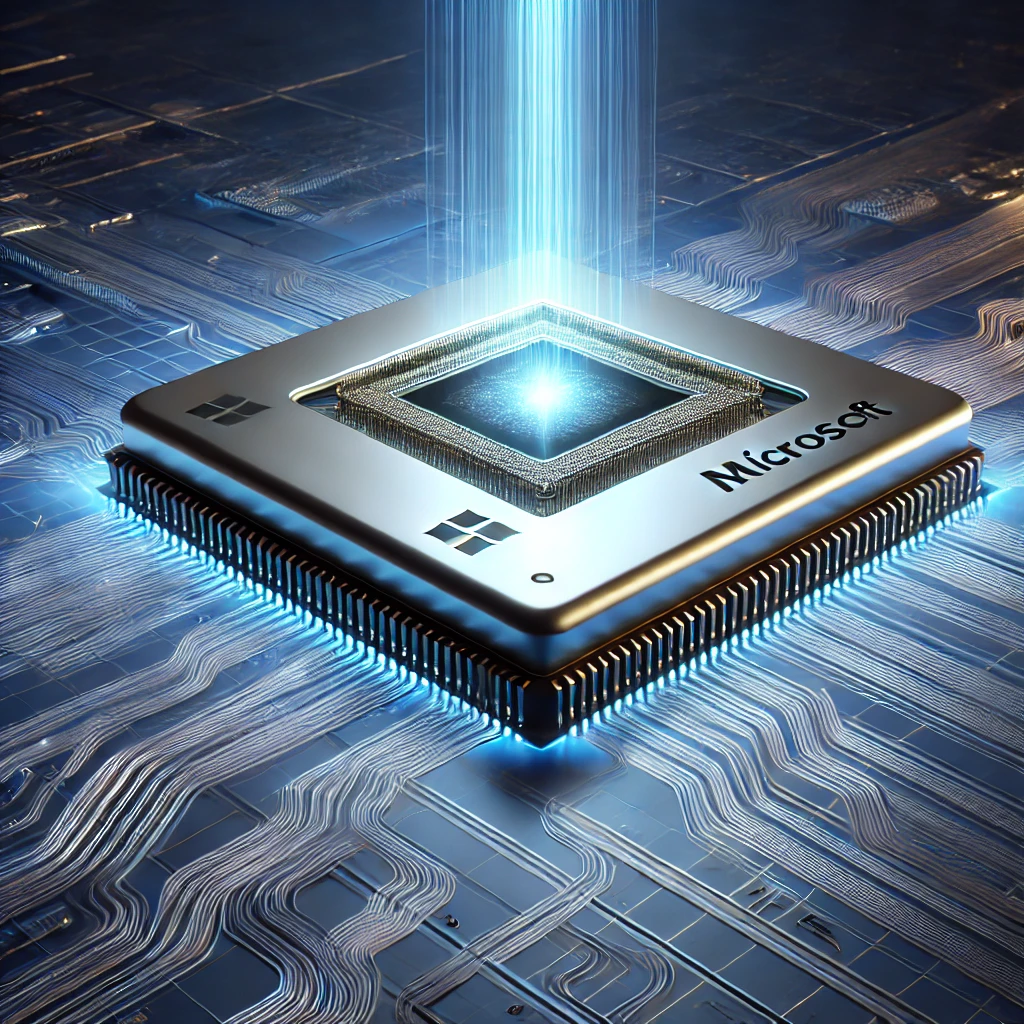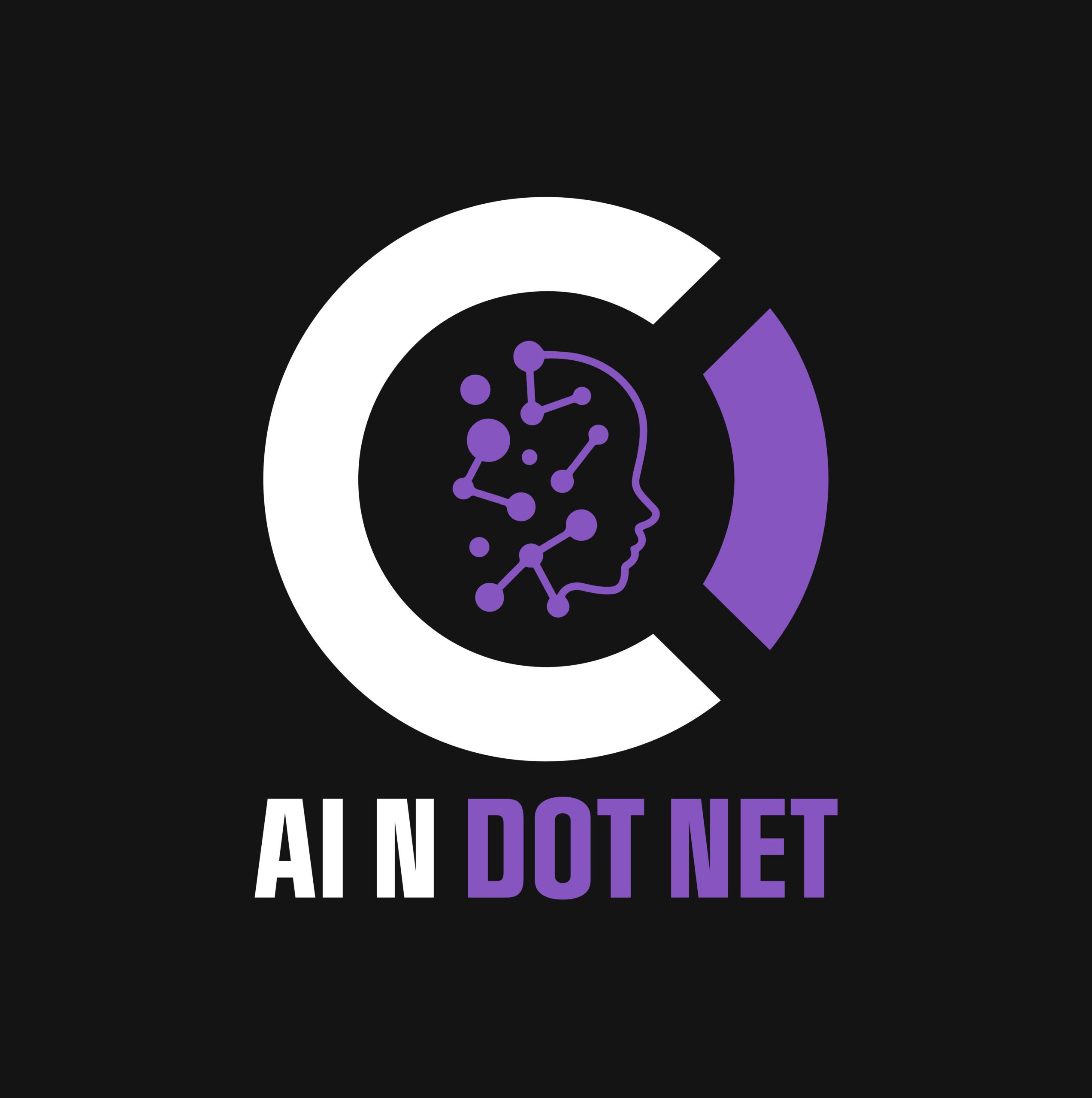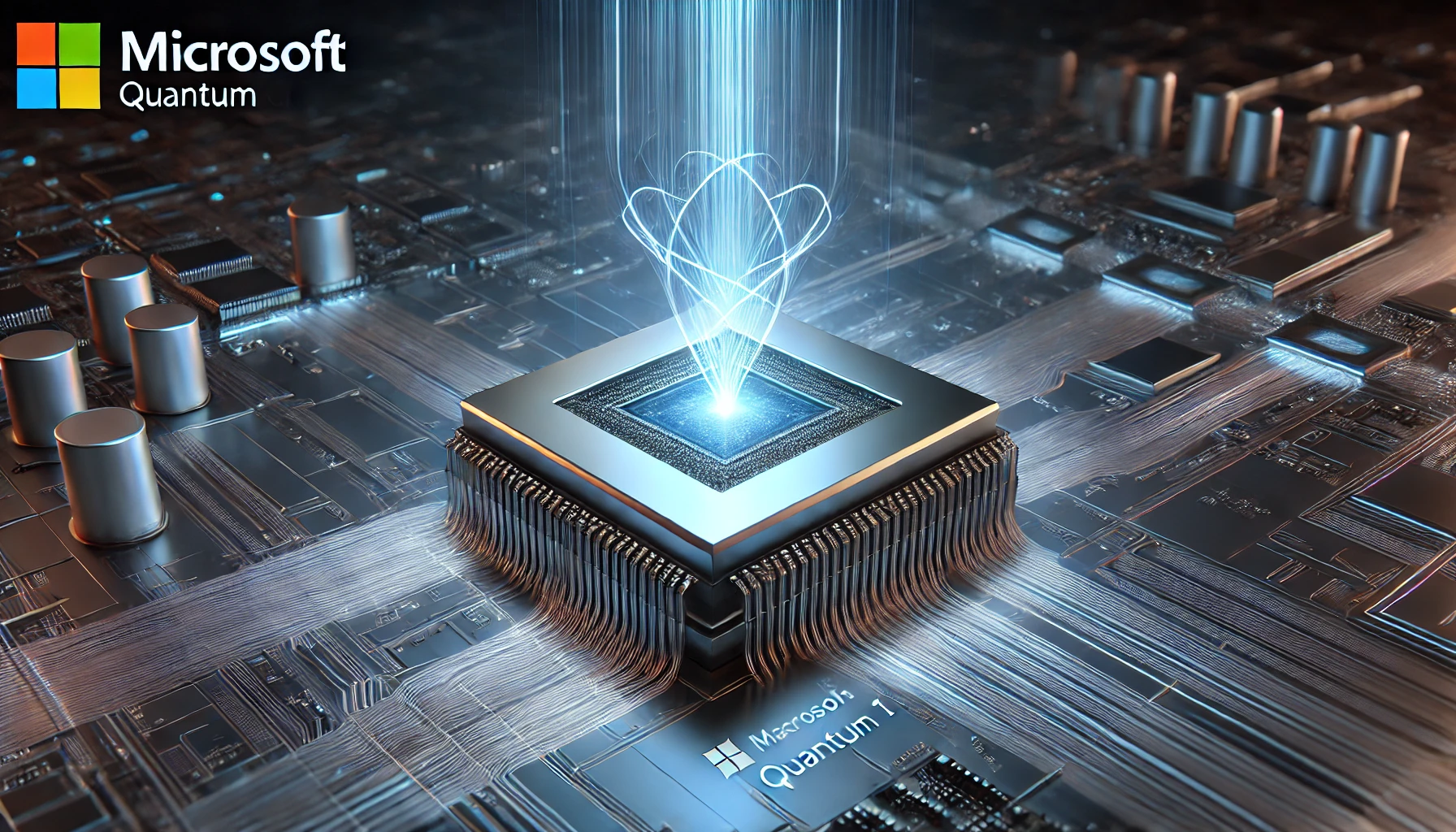Quantum computing has always been just beyond reach—more of a research project than a practical tool. But Microsoft’s Majorana 1 chip is about to change that. For those of us who have been automating businesses with Microsoft’s robust toolset, this is the first truly new and exciting development in years.
Applied Quantum Computing: Finally, Something Revolutionary in Business Technology

AI, as exciting as it is, often builds on decades-old principles. Much of what’s being marketed as ‘new AI’ today is, at its core, based on methods developed in the 1980s and 90s. Quantum computing, however, represents a fundamental shift—and Majorana 1 may be the transistor moment for quantum systems.
Microsoft has introduced a completely new Topological Core architecture, powered by a material called a topoconductor, which allows for more stable and scalable qubits. Unlike traditional quantum computing approaches, which struggle with qubit errors and environmental noise, this chip offers a clear path to a one-million-qubit machine—the threshold at which quantum computing becomes truly useful for business applications.
Can’t Wait to Get Our Hands on It
If you’re like us, you’re asking: When can we try it out? What version of Visual Studio, .NET Core, and C# do we need to start working with this? Microsoft has yet to announce development tools, but given their history of integrating cutting-edge tech into the developer ecosystem, we expect Azure Quantum will be the gateway to experimentation.
What Can Applied Quantum Computing Do That AI and Traditional Programming Can’t?
Businesses today have a vast toolbox for automation, from Power Platform and Azure AI to ML.NET and Semantic Kernel. So, what problems can Majorana 1 solve that traditional computing can’t? Some of the most exciting applications include:
- Materials Science: Designing self-healing materials for aerospace, manufacturing, and infrastructure.
- Complex Optimization: Solving logistical problems far beyond the capabilities of classical systems.
- Advanced Chemistry & Pharmaceuticals: Modeling molecular interactions to revolutionize drug discovery and production.
- AI & Data Analysis: Enhancing machine learning with quantum-enhanced pattern recognition and optimization.
Adding to an Already Full Toolbox

Microsoft’s ecosystem is already the gold standard for business automation. With Azure, .NET, SQL Server, and AI-powered services, enterprises can optimize nearly every aspect of operations. Where does quantum fit in? That’s what we’re eager to find out.
If Majorana 1 seamlessly integrates into the Microsoft stack, it could be a game-changer. Imagine Azure Quantum services that directly accelerate AI, database operations, and cloud computing efficiency. The ability to program quantum applications using C# and .NET would make it accessible to the massive Microsoft developer community.
Ready to See What’s Next
With Majorana 1, quantum computing is shifting from theory to something businesses can actually start planning for. We’re excited to see what tools Microsoft provides, how it integrates with Azure Quantum, and what real-world use cases it will unlock for enterprises and government entities.
Microsoft, if you’re listening—sign us up for the preview!
What are your thoughts? How do you see quantum computing fitting into your enterprise tech stack? Drop a comment or reach out—we’re eager to explore the future together!
Want to stay ahead in applied AI?
Subscribe to our free newsletter for expert insights, AI trends, and practical implementation strategies for .NET professionals.
📑 Access Free AI Resources:
- Download our free AI whitepapers to explore cutting-edge AI applications in business.
- Check out our AI infographics for quick, digestible AI insights.
- 📖 Explore our books on AI and .NET to dive deeper into AI-driven development.
References
Disclaimer
We are fully aware that these images contain misspelled words and inaccuracies. This is intentional.
These images were generated using AI, and we’ve included them as a reminder to always verify AI-generated content. Generative AI tools—whether for images, text, or code—are powerful but not perfect. They often produce incorrect details, including factual errors, hallucinated information, and spelling mistakes.
Our goal is to demonstrate that AI is a tool, not a substitute for critical thinking. Whether you’re using AI for research, content creation, or business applications, it’s crucial to review, refine, and fact-check everything before accepting it as accurate.
Lesson: Always double-check AI-generated outputs—because AI doesn’t know when it’s wrong! 🚀

